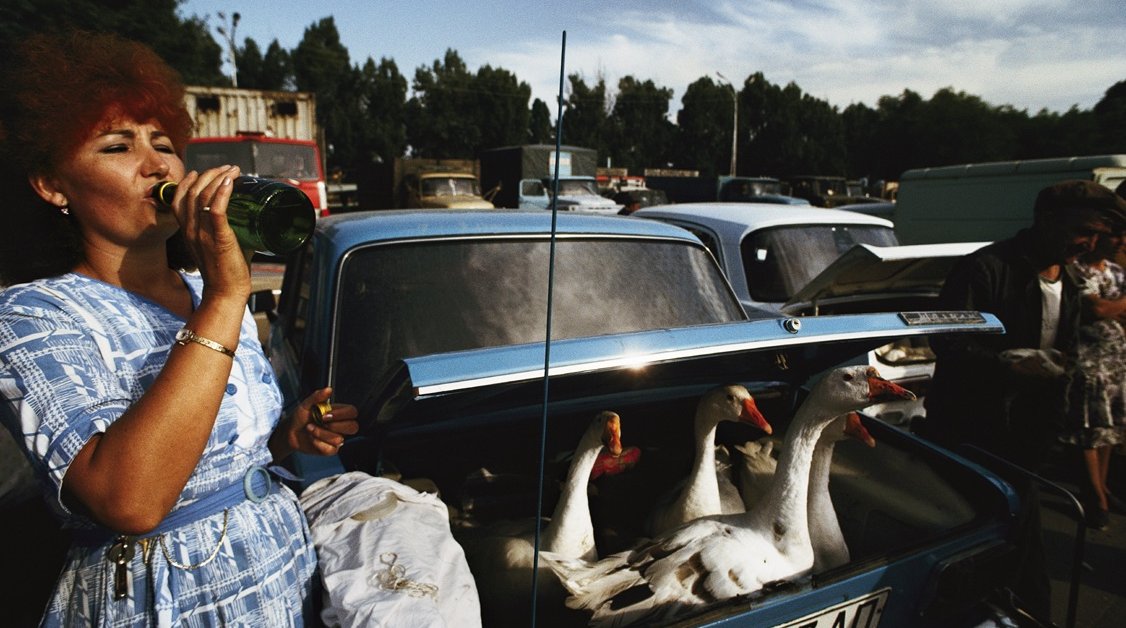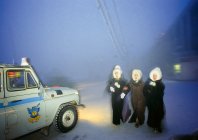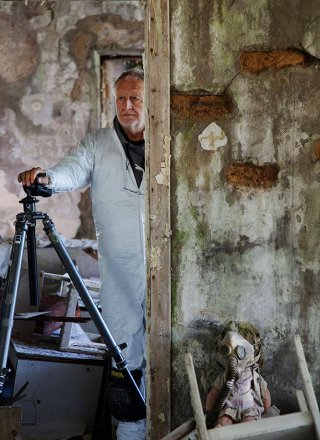
Broken Empire - After the Fall of the USSR
Gerd Ludwig
National Geographic / Visum
My personal relationship with Russia began as I grew up as a child in postwar Germany. My father had been drafted into the Sixth German Army that invaded the Soviet Union in 1942 and fought through southern Russia towards Stalingrad, where the Soviets decimated the German forces. He was lucky enough to be amongst the last soldiers evacuated. As a young teenager in the mid-1960’s, I was a member of the first postwar generation of Germans.
Filled with guilt for my elders’ actions, I compensated by glorifying everything Germany tried to destroy. In particular, I idealized Russia and the communist Soviet system. Finally, Gorbachev’s glasnost — his call for openness in every part of life — confronted me with the social and political realities of a country that had been under totalitarian rule for seven decades.
Preview


In the early 1990s, on an assignment for National Geographic Magazine to document the new Russia, I had two avenues to explore: the transformation of a society from state-controlled to market economy at manic speed; and the social and economic conditions that had prevailed for generations, hidden from outside eyes. I discovered that while Soviet rulers had professed concern for workers and respect for nature, they destroyed both with their environmental recklessness.
During the Brezhnev era, permits to photograph were difficult to obtain. After the collapse of the Soviet system came a brief window of nearly unrestricted access. However, in recent times access has been nearly as restrictive as during the height of the Cold War. Even after obtaining every conceivable permit I have often been subjected to inconvenient detentions and interrogations.
December 27, 2001 marked the 10th anniversary of the official end of the former Soviet Union. Even after the break-up of the fifteen republics that formed the USSR, Russia still remains the largest country in the world. Stretching from the Baltic Sea in the west to the Sea of Japan in the east, it encompasses eleven time zones with much of its land mass above the Arctic circle.
Though there is hope on the economic horizon, it would be naive to ignore the harsh realities that a large percentage of the population still endures. By the end of 2001, however, a good number of Russians had reason to celebrate the 10th anniversary of the fall of the Soviet system. There is finally a sense of optimism that the worst has come and gone. Changes become most obvious in the industrial centers of western Russia. There the city skylines are brightly lit, billboards beckon, streets are crowded with shoppers and store windows are full of consumer goods.
Much of the hope for the future rests on the post-communist generation. Many of them are too young to recall the shortages and long lines that still haunt older generations or the oppression and fear that still paralyze them. This new generation has not been taught to censor or hold itself back -- anything seems possible. But there is a bittersweet sense of hope and loss as Russia’s youth in the big centers come to behave and dress exactly like their western teenage counterparts. Yes, Russia is joining the world and great opportunities now exist, but at the same time, it is opening itself up to what many see as globalization and soulless capitalism.
The photographs in this exhibit represent a 10 year retrospective of my work in the Former Soviet Union, mostly shot on assignments for National Geographic Magazine and collected in my new book “Broken Empire - After the Fall of the USSR” (German title: Russland - Eine Weltmacht im Wandel).


